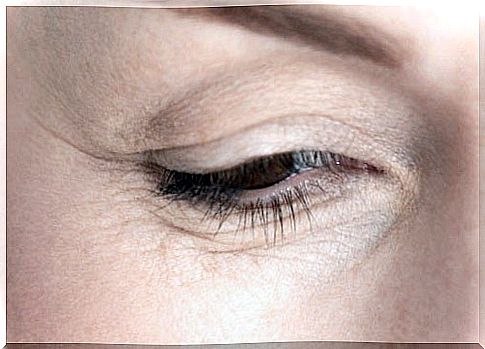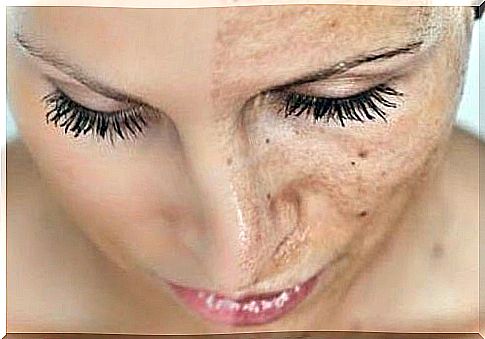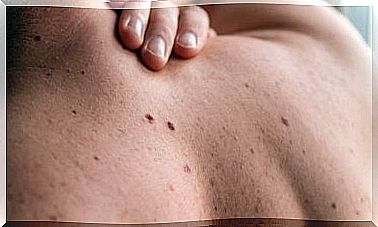Scientists Create “anti-aging” Artificial Skin To Remove Wrinkles And Blemishes
Antiaging treatments or antiaging have revolutionized the world for hundreds of years thanks to its ability to slow the signs of aging on the skin. The latest is artificial fur.
Although the meaning of this term has been widely discussed by the scientific community, it is currently used to designate those products, treatments and technologies whose purpose is to reduce and prevent skin deterioration associated with the passage of time.
In this sense, both medicine and the cosmetic industry have been responsible for developing hundreds of methods to hide wrinkles, reduce blemishes and minimize the negative effects of free radicals and the sun.
However, some experts believe that further testing is required to ensure that they can actually cope with the biological signs of aging.
Despite this, the field of anti-aging medicine continues to work and increasingly provides evidence of more surprising treatments.
One of the most recent continues to go around the world, especially because it can be useful to combat various pathologies that affect the health of the skin.
It is an artificial skin made of a polymer that is biocompatible with the human body, which could protect it against the effects of aging.
The advance, which is still in the research phase, was presented by a group of scientists from the Massachusetts Institute of Technology (MIT), who already postulate it as the ” antiaging revolution .”
An anti-aging artificial skin

It all started a little more than 10 years ago, when this group of experts from the Massachusetts General Hospital set out to develop a “second skin” with all the mechanical properties of the natural dermis that, in addition to protecting the skin, could restore its initial attributes. .
To do this, the researchers created a library of more than 100 skin repair polymer candidates.
These were characterized by having a chemical structure called siloxane, a chain of alternating silicon and oxygen atoms.
These are non-toxic silicone resins that can be implanted in the human body without being rejected.
Of all these, the scientists chose the one that best mimicked the flexibility and elasticity of healthy skin, being able to develop a kind of gel that, when applied to the skin, reduces spots, wrinkles, dark circles and other signs of aging. .
This product is spread over the dermis and then a platinum catalyst is applied in the form of a cream that turns it into a transparent film that strengthens the skin and provides it with a breathable barrier layer.
In the test, which was carried out with four people, the group of researchers found that this skin model can improve the function of this organ in individuals with a dry tendency. In addition, it not only solves this condition but also restores its aesthetics.
In light of the findings, Robert Langer, one of the authors, posits that this artificial skin could also help preserve the dermis against UV damage from the sun.
Also, it could lead to medicinal benefits as a treatment for dermatitis and eczema.
In short, it is an invisible, hydrated and elastic layer that, in addition to adhering to the skin, is biocompatible with the human body and manages to reduce the signs of aging, tightening the skin and smoothing wrinkles.

This advance means a quality leap in what has to do with anti-aging and anti-wrinkle aesthetics, especially since it represents an alternative to more complex treatments such as plastic and reconstructive surgery.
“It provides an aesthetic enhancement and could be a substitute for topical medicines,” says Langer.
This artificial skin has a number of features that make it an “ideal material for use in humans,” according to Anderson, a professor of chemical engineering at MIT and a member of the Koch Institute for Cancer Research at MIT.
The use of this material could save hours of scalpel and operating room, and allow people to acquire renewed skin without going through complex and painful treatments.
For now it is unknown when this method could reach the public because although the first trials have been done in people, more tests are still required to verify its effects.
Article based on the information presented in the journal Nature Materials .









